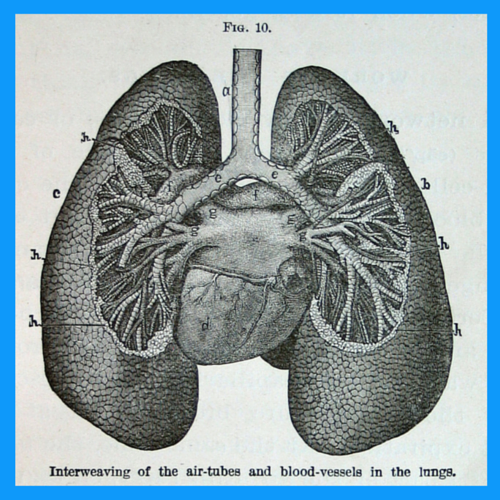Tech folks: Stop calling things Easy.

When you call something “simple,” “easy,” or “self-explanatory” in product documentation, you’re insulting your reader. You should stop doing that.
Let’s put it in another context to illustrate my point.
Scene: local auto repair shop.
Your mechanic emerges from under the hood holding a small piece of rubber between grease-marked pointer finger and thumb. “Here’s the problem…” she smiles, “your rear asphixiator needs tuning, and the front left shimmy lug bars need shaving. Once that’s done, your gigahydrator should stop humming altogether.*”
You nod slowly, assuming that a nod is the correct response.
That’s when she hits you with the conversational haymaker: “should be something you could do yourself pretty easily.”
(end scene)
When your user loads up the documentation for your web product/service, they don’t need to be told how easy or “simple” something is.
If it were simple, they would not have sought out the documentation for it.
Don't call it simple. If it were simple, your user would not have sought out the documentation for it. Share on XIt likely is simple for you, because you are suffering from an acute case of the curse of knowledge.
You can’t remember what it was like to not know how to use your product, just like the mechanic can’t remember the first time they removed a lug nut or unhooked a car battery.
It’s only easy because you’ve done it before.
Your documentation’s primary target audience is the frustrated beginner who has tried multiple ways to understand something before they even resorted to the documentation.
Perhaps another (this time true) story will help, here.
One of my kids got a RipStik recently, and has become a bit of an expert at it. For the uninitiated, RipStiks are like skateboards with only one wheel on each end, and they pivot in the middle. The wheels are on swiveling casters, so the device can move in any number of directions.
For me, the more times I try it, a RipStik seems to be a fancy way to identify my out-of-pocket costs at the Emergency Room. It’s a frustrating experience where it feels like I’ve forgotten how wheels, gravity, or inertia works.
After my 15th attempt to stand up on the thing, my 8-year-old comes in the room only to announce “Dad, it’s super easy, just…”
He probably said something after that, but I definitely didn’t hear it. I was too busy coming up with creative ways to avoid jail time and also smack my kid.
What I needed at that point was simple, clear instruction on how to mount the thing. To be told it’s easy is equivalent to being told “you’re too dumb for easy stuff.”
The only people that should call your product “easy” or “simple” are the users. And they will only be able to call it that after they use it.
What to say instead
OK, so if “easy” and “self-explanatory” are off limits, what adjectives can we use to describe things?
In most cases, sentences or phrases discussing how easy a process is should be left out altogether. Instead of “3 easy steps” your documentation could reference “3 5-minute steps” or just “3 Steps”
The goal is direct instructions clearly presented with language that is neither condescending nor overly technical, with a call to action to contact you if the documentation doesn’t clear things up.
* The diagnoses here are a rough approximation of what I hear every time my mechanic speaks. Any resemblance to actual auto parts is purely coincidental. Please don’t let me fix your car.






